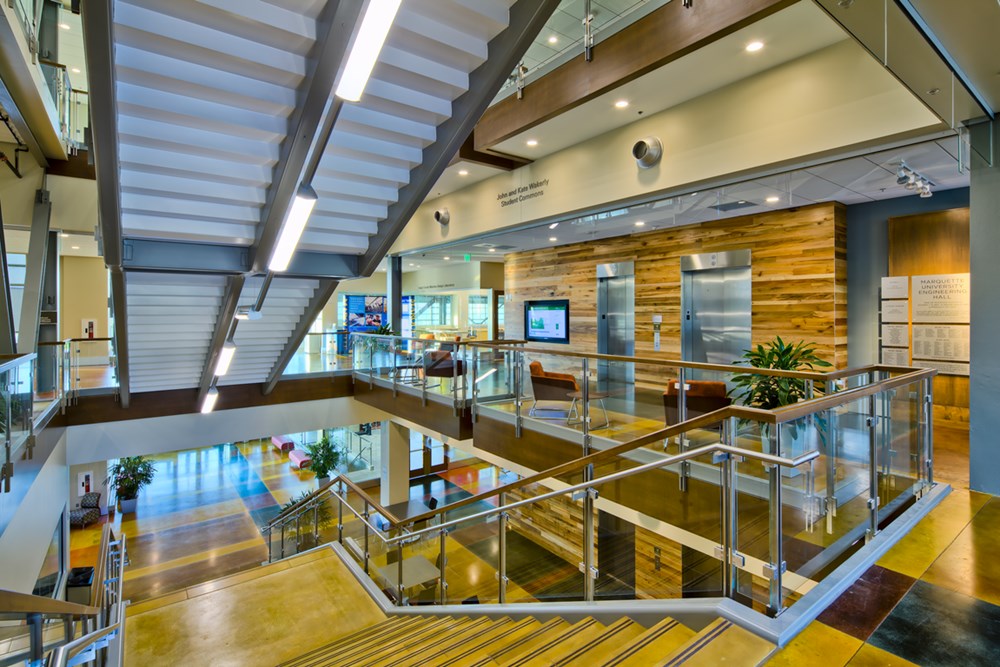The Leadership in Energy and Environmental Design (LEED) rating system was developed to recognize excellence in sustainable design and promote sustainability in the building and construction industry. After 13 years, LEED has successfully become a familiar guideline and standard for sustainable building design. Now, with an ever increasing interest in green buildings, many designers and building owners are looking to take their projects a step further than LEED with other green rating systems.
What are some of these rating systems, and how are they promoting new standards for building performance, architectural products and regenerative site design?
Living Building Challenge (LBC)
Launched in 2006, the LBC is a very rigorous standard for the built environment. Aspiring to help buildings function as elegantly as nature, projects are challenged to meet seven essential ‘petals’: performance standards for their site, water, energy, health, materials, social equity and beauty. This is a reference for projects that aspire beyond everyday standards to living buildings that help restore the natural environment.
Passive House
Passive House Standard (PH) is a certification for meeting a rigorous energy standard. ANY type of building is eligible—new or retrofit, commercial or residential. PH buildings achieve near-zero energy use without a solar PV array. PH is a holistic, conservation approach to design and construction which is climate and science-based. The results are better-built, durable and comfortable buildings with healthy indoor air quality. Adding a solar PV array results in a Zero Energy Building.
In North America there are approximately 100 Passive House buildings (expected to more than double this year) and some 50,000 worldwide, increasing rapidly. In the US these are often off-the-radar projects. The results, particularly for residences, dorms, multifamily, schools and commercial buildings, are impressive in meeting the predicted energy use and for a relatively low cost. Many EU countries are requiring Passive House standard for new construction and ratcheting in the standard for retrofits.
Sustainable Sites Initiative (SITES)
The Sustainable Sites Initiative makes sensitive, restorative, site development accessible to anyone, on any site. This new rating system aims to connect buildings to landscape and research to practice, transforming how we interact with the places we live. Whether a residence, park, streetscape, garden, office park or other property, the SITES rating system offers site-specific benchmarks for greener landscapes.
Each of these rating systems has its own standards and strategies, but the end goal is the same for all—creating a sustainable future. Together with LEED, these green-building rating systems are helping to promote and push sustainable design even closer to being considered the norm for building design and construction.
Above: The Marquette University College of Engineering features sustainable interior finishes including reclaimed wood accent walls and stained concrete floors. The project achieved LEED Gold Certification.
